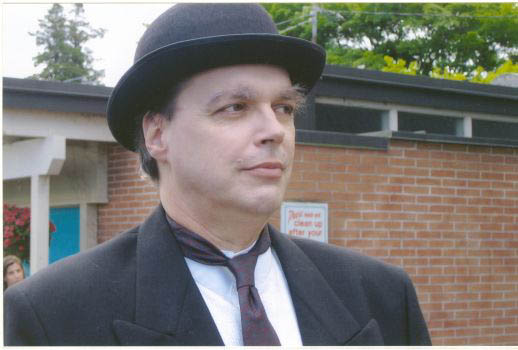The CBC locked out about 5,500 employees at 12:01 a.m. Monday after no substantial progress was made in last-minute bargaining between Canada’s largest broadcaster and its union, the Canadian Media Guild.
The workers have been without a contract for more than a year, with the CBC saying it needs more flexibility to hire new staff on a contract basis instead of full-time.
The
CMG, which represents producers, newsroom staff and technicians, says 30 per cent of the CBC’s workforce is already non-permanent, giving the network all the flexibility it needs.
In an
announcement late Sunday evening, the CBC said “the rhythm of negotiation this past week has given no indication of urgency on the part of the union” which it says has not presented a comprehensive offer.
Programming on all CBC services — radio, television and online — will continue, though it will be scaled back. Management says the CBC will continue to broadcast CFL football and NHL hockey games — but possibly without play-by-play commentary or colour analysis. Local radio morning shows will be replaced by a single national broadcast. TV newscasts will be cut back, with more acquired programming and movies aired.
As background, last month, guild members voted 87.3 per cent in favour of giving their negotiating team a strike mandate. The employees have been without a contract since the end of March 2004. Negotiations for a new contract began in May 2004. Employees in Québéc and Moncton, N.B., belong to different unions and are expected to continue working but not to cross over into Ontario to help out.
The broadcaster’s last major dispute was late in 2001, when technical staff were locked out across the country. In some cases, the sound and lighting was not up to usual standards, newscasts were truncated or eliminated, and repeats filled the airwaves.
Among those locked out is Peter Mansbridge, anchor of
The National, the country’s flagship television newscast.



